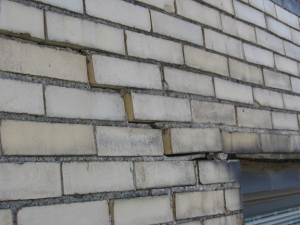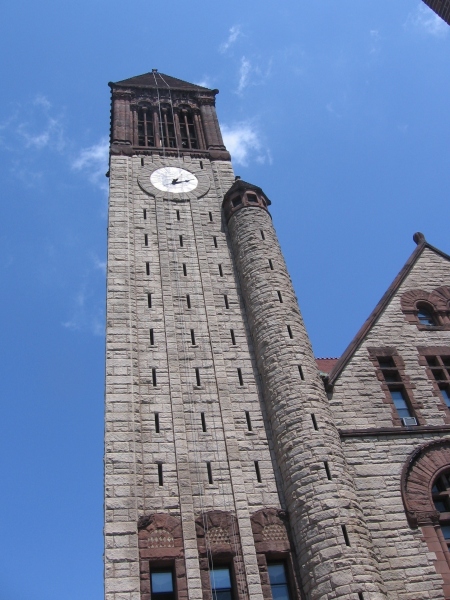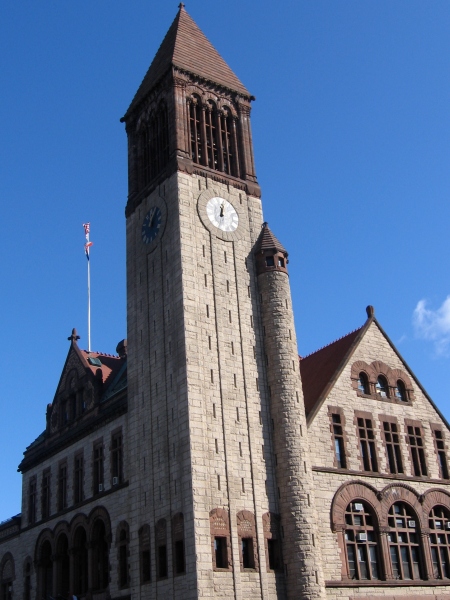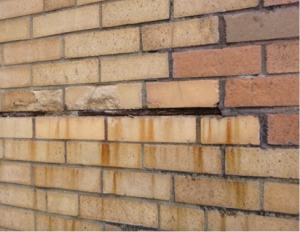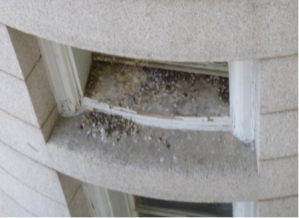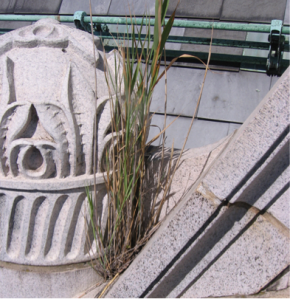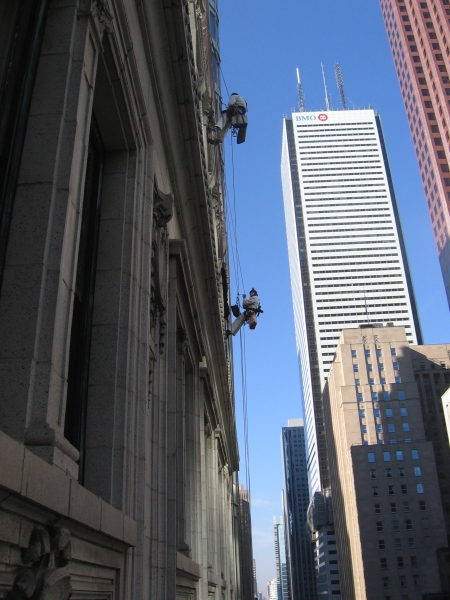During the first week of February, Keith Luscinski and Mike Gilbert traveled to Cabo San Lucas, Mexico for the 2015 Annual SPRAT Conference. Located at the southern tip of the Baja Peninsula, Cabo’s warm coastal climate was a great location for a winter conference in the eyes of its winter-blues affected attendees.
-

-
Cabo San Lucas, Mexico
-

-
Cabo San Lucas, Mexico
Mike is the Chair of the Standards Committee, the group responsible for all of SPRAT’s published standards. These include Safe Practices for Rope Access Work and Certification Requirements for Rope Access Work. The Standards Committee also has three additional active sub-committees. The Equipment Specification sub-committee is working to create a set of standard requirements for rope access equipment, such as harnesses, helmets, descenders, ascenders and life-safety rope. The Industry Specific sub-committee is developing guidelines on the access methods of various structures. These industry specific documents will not be official standards, but rather “rope access tips and tricks” for structures such as buildings, bridges, dams and wind turbines. Finally, the Company Audit sub-committee is creating a process, by which rope access companies may get certified to SPRAT standards. Currently, SPRAT certifications apply only to the individual technicians.
Keith is also the Chair of the Research Grant Committee. Appointed as the chair last summer, Keith has worked with the committee to develop and implement a system for SPRAT to disburse two $1,500 research grants per year. Looking forward to the coming year, the Research Grant Committee will refine the grant application and selection process, in an attempt to draw a higher quantity of higher quality applications. Along those lines, the committee will also seek outside funding from industry manufacturers to increase the monetary value of the grants.
The second day of the conference was filled with presentations from leaders in the rope access industry. Topics included: the current state of rope access regulations in British Columbia, an engineering analysis of rope access systems, and a presentation by Mike on non-conventional rope access. Mike’s presentation provided an objective view of “outside the box” rope access techniques. Of particular interest was a discussion on “Who will rescue the rescuer?”—a thought provoking dialog about the need for simple rescue systems.
After a few too many days in the sun, many of the conference attendees were sunburned and ready to head home to winter reality. However, the SPRAT organization seems more active than ever, and the coming year should bring interesting progress. Next year, the conference will be held in Salt Lake City, Utah, in conjunction with the International Rope Access Rendezvous.
